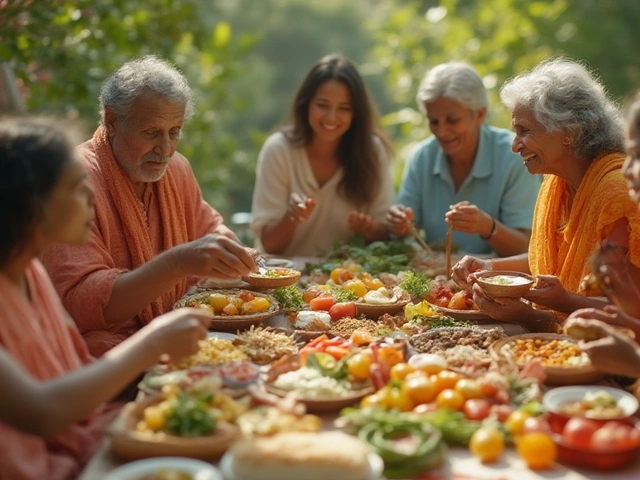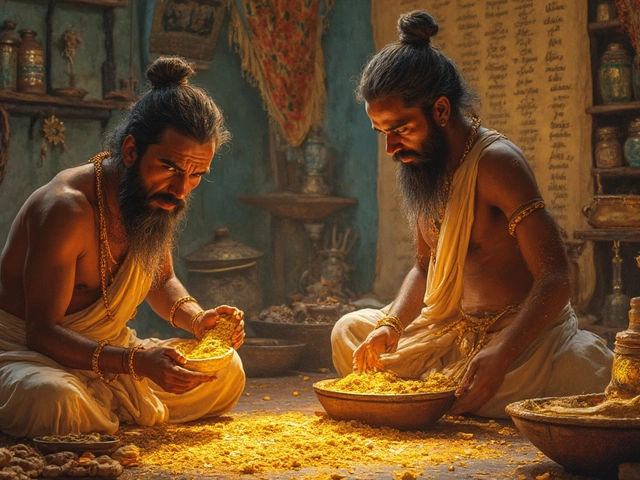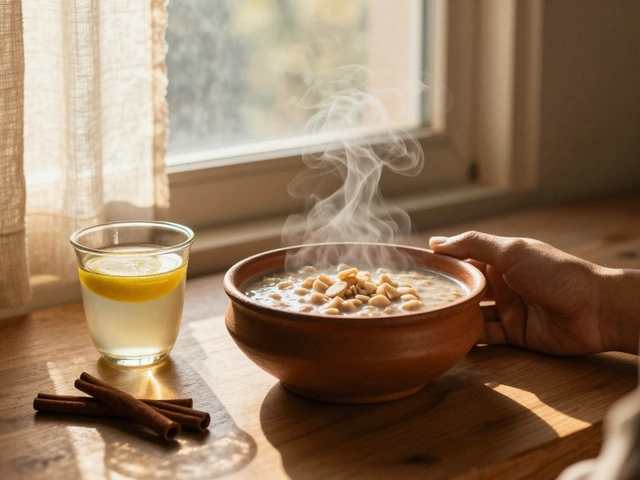- Home
- Health And Wellness
- Healthiest Ethnicities in the World: Secrets to Longevity and Wellness
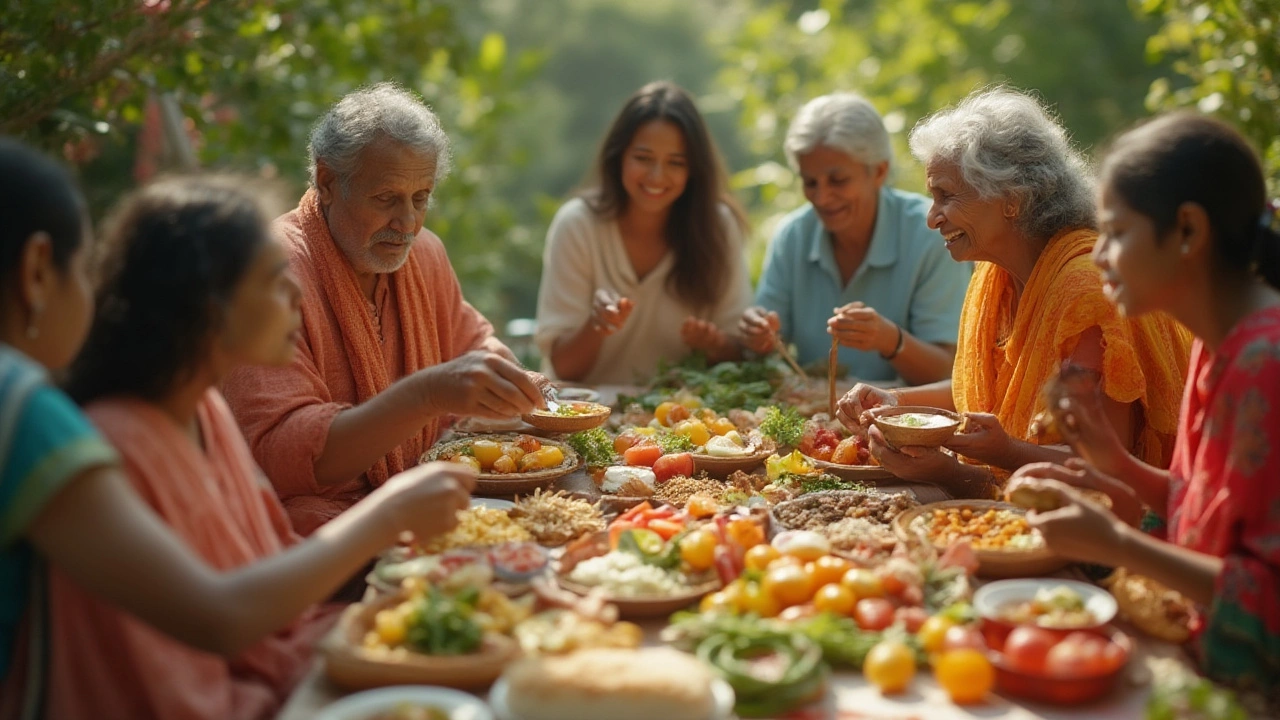
Healthiest Ethnicities in the World: Secrets to Longevity and Wellness
Think of the world's oldest people. Now imagine where they're from. You might picture wrinkled grandmas hiking Japanese mountains, or Sardinian grandpas sipping wine under Mediterranean sun. Something makes these folks live longer, healthier lives. But does their "race" give them an edge? Or is that just a stereotype?
The question "What is the healthiest race?" might sound simple, but it nudges a deep, controversial beehive. For decades, scientists chased after the magic bullet—some genetic twist or ancient tradition that made certain groups healthier than others. But the truth? It's messy, it's real, and it just might shake up everything you thought you knew about health and ethnicity.
Why Chasing the "Healthiest Race" is a Trap
The world loves neat answers. Wouldn’t it be comforting if being born into the right group guaranteed a healthy life? Many surveys highlight that certain populations seem to rack up more birthdays, dodge scary illnesses, or boast the lowest risks for diabetes or heart attacks. Okinawans in Japan, Ikarians in Greece, and Nicoyans in Costa Rica keep popping up on those “best longevity” lists. But if you scratch beneath the surface, the story isn’t as clean as a genetic lottery.
First, race itself is a fuzzy concept. Genetically, humans are shockingly similar. Go figure—scientists estimate only about 0.1% of our DNA actually varies between people! That means picking the healthiest “race” is like judging a marathon based on who bought the fanciest shoes. Sure, shoes matter, but training, diet, and luck do, too. And even the most “homogenous” group isn’t a carbon copy.
Statistics can mess with your head here. Take the U.S.: Asian Americans do tend to live slightly longer, but lumping together “Asians” misses the wild diversity among, say, Vietnamese, Indians, or Japanese. In India, for example, South Indians have a much higher risk of diabetes than northern peers. Even in Japan, where people enjoy the world’s longest life expectancy (around 85 years), the Okinawan diet and lifestyle stand out sharply from other Japanese regions. Clearly, there’s more at play than race alone.
Economic and social factors make a huge dent, too. Richer, more educated neighborhoods tend to be healthier, whatever the skin color. Stress, pollution, access to clean water, and basic healthcare can swamp any genetic boosts. A Harvard study showed that U.S. children born into highly educated, high-income families can expect to live up to 15 years longer than peers in poorer neighborhoods, regardless of race.
Let’s look at pure numbers for a moment:
| Country | Average Life Expectancy (2024) | Notorious Longevity Regions |
|---|---|---|
| Japan | 85.0 | Okinawa |
| Italy | 84.2 | Sardinia |
| Costa Rica | 81.2 | Nicoya |
| Greece | 81.0 | Ikaria |
| USA | 77.5 | --- |
Notice a pattern? These “Blue Zones” aren’t defined by race, but by what people do and how they live.
The bottom line: Chasing the “healthiest race” ignores what really creates health—a wild, overlapping mix of habits, luck, access, and, yes, a sprinkle of genes. It’s never just about your roots.
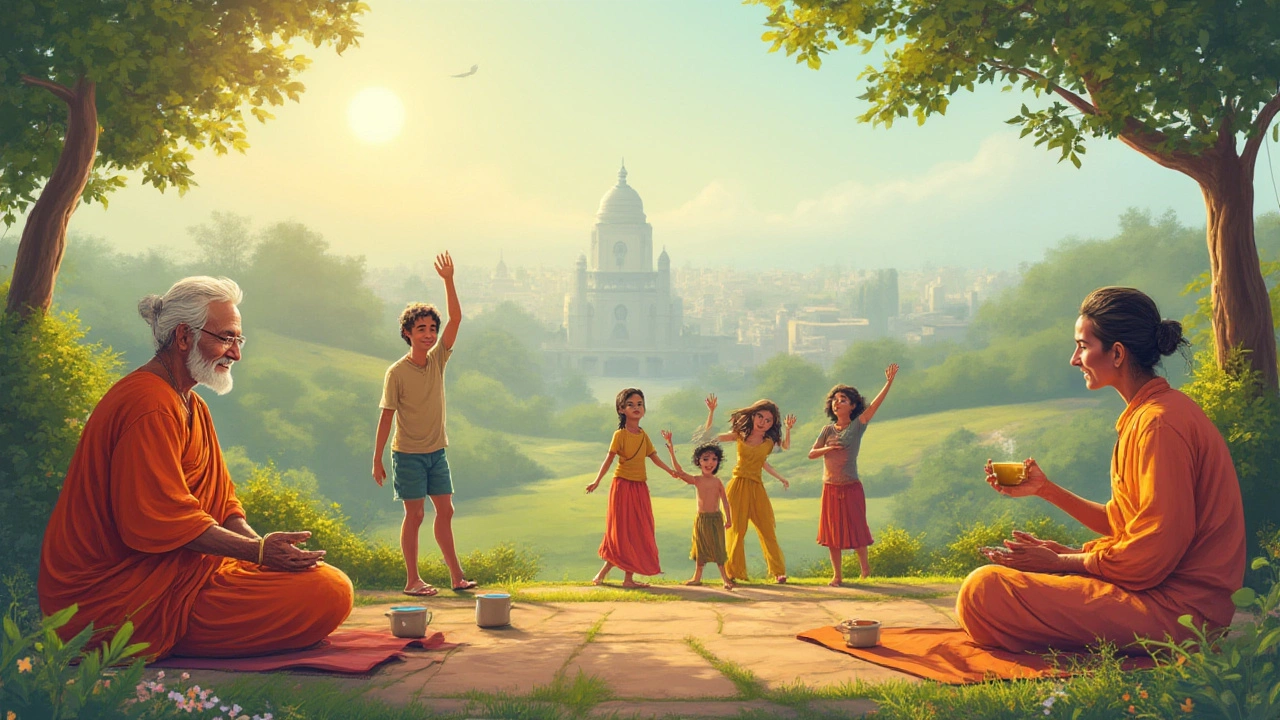
What Really Makes Populations Healthier: More Than Just Genes
Now that we’ve ditched the idea of a single “healthiest race,” what actually puts certain groups ahead in the wellness game? Some patterns start to show up, and most have nothing to do with DNA.
Check out Okinawans. People there used to be leaner, rarely got diabetes, and boasted among the longest healthy lifespans, with centenarians (folks 100+) everywhere. Their secret was more about their plates than their family trees: veggies, seaweed, tofu, sweet potatoes, tiny amounts of fish. Daily movement, even into old age, mattered just as much. And tight-knit community bonds helped keep loneliness—and its deadly effects—at bay.
Sardinians in Italy are a classic Blue Zone. Their routines aren’t so different: walk up steep hills, eat beans, veggies, and a little goat cheese, push back from the table before feeling stuffed, laugh constantly, and cherish those huge family meals. In Ikaria, Greece, nap time isn’t optional—rest is embedded into the culture. Wine is sipped, not guzzled. Processed junk is rare.
Notice these health hotspots? The “secrets” are more about how people eat, move, rest, and connect. The power of a Mediterranean or Japanese-style diet isn’t just in the ingredients—it’s also in eating slowly, with people you love. The joys of daily walking or tending a small garden trump any overpriced gym membership.
Let’s not ignore community here, either. Harvard research shows loneliness has bigger health risks than smoking 15 cigarettes a day. In all the longevity hotspots, grandparents, neighbors, and friends form a safety net. Depression rates are lower, and there’s always someone to lean on. You can’t bottle that up and sell it at a pharmacy.
Of course, genes matter somewhat. Some populations, like Ashkenazi Jews or the Finnish, are more likely to carry certain hereditary risks or bonuses. The Tarahumara people of Mexico are famous for their endurance—ultra-runners with sturdy arteries. But researchers warn not to stretch these findings beyond their groups. And even within families, siblings can have wildly different health profiles.
The real magic lies in mixing habits and environment:
- Eat lots of plants, beans, and whole foods
- Move every day, even if it’s just walking or stretching
- Connect regularly with friends and family
- Get enough sleep and manage stress naturally
- Limit processed foods, sugary drinks, and overeating
- Have a sense of purpose or something to look forward to
Digging into these secrets wipes away the idea that race alone decides who gets to be healthy. It’s about choices, routines, and—yes—the people around you.
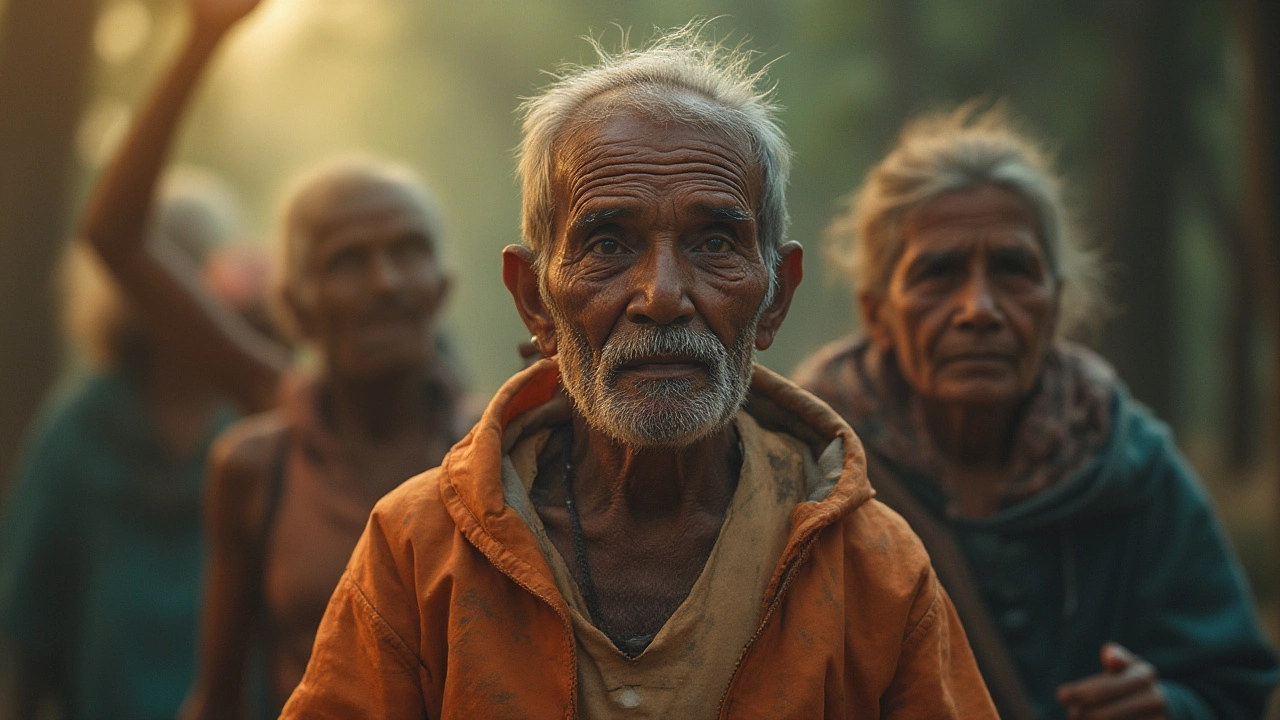
Can Anyone Steal the Secrets of Long-Lived Groups?
This is where things get hopeful. Even if you weren’t born on a sun-soaked Greek island or among the sakura trees in Japan, you can still borrow the best healthy habits from anywhere in the world. Scientists now agree: Most of what makes these groups thrive isn’t locked in their DNA—it’s available for anyone willing to tweak their daily routine.
Forget about “eating like a Mediterranean” as a diet fad. It’s the little stuff, repeated daily, that works wonders: cooking more meals at home, trading white bread for whole grains, snacking on fruit, sharing laughter at the dinner table. If your neighborhood isn’t walkable, try ten-minute home workouts or simple stretches. Small movements stacked across a week matter more than occasional big bursts.
Money doesn't have to be a blocker, either. Some of the best longevity foods—like lentils, beans, green vegetables—are dirt cheap and easy to work into just about any cuisine. Spices, olive oil, and even fermented foods like yogurt or kimchi boost your food’s nutrition without draining your wallet.
Tiny habit changes add up fast—a study from Stanford found that people who started with just two healthy routines (like walking daily and eating more veggies) saw a real drop in blood pressure and risk of heart problems within six months.
Here are a few tips anyone can use, wherever you’re from:
- Eat slowly, aim for 80% full, and avoid eating alone all the time
- Move your body in any way you enjoy—dancing, playing, strolls
- Find at least two friends or relatives you can laugh or vent with
- If stress creeps in, try deep breathing, short walks, or a hobby you love
- Try “circadian living”—waking, sleeping, and eating on a regular schedule
- Ask grandparents, elders, or neighbors to share family recipes or stories; wisdom is free medicine
The question isn’t about finding which race holds the magic wand for health. It’s about stealing the best tricks from everyone, no matter your passport, skin color, or genetic code. The most healthiest race is the one that learns and borrows, mixing what works and leaving what doesn’t. The more you personalize these secrets, the better you’ll feel—in your own body, right where you are.
Thinking there’s a genetic “get out of sickness free” card sets you up for disappointment. But borrowing global wellness wisdom? That’s the real advantage—and you don’t need to be Japanese or Italian to join the club.

Arnav Singh
I am a health expert with a focus on medicine-related topics in India. My work involves researching and writing articles that aim to inform and educate readers about health and wellness practices. I enjoy exploring the intersections of traditional and modern medicine and how they impact healthcare in the Indian context. Writing for various health magazines and platforms allows me to share my insights with a wider audience.
About
Medical Resource Center India is a comprehensive online platform dedicated to providing reliable health information and medical resources in India. Explore a wide range of articles, tips, and advice on medicine, healthcare services, and wellness. Stay informed about the latest developments in Indian medicine and access valuable insights into maintaining a healthy lifestyle. Discover expert guidance and health solutions tailored for every Indian citizen. Your go-to destination for authoritative medical knowledge in India.
